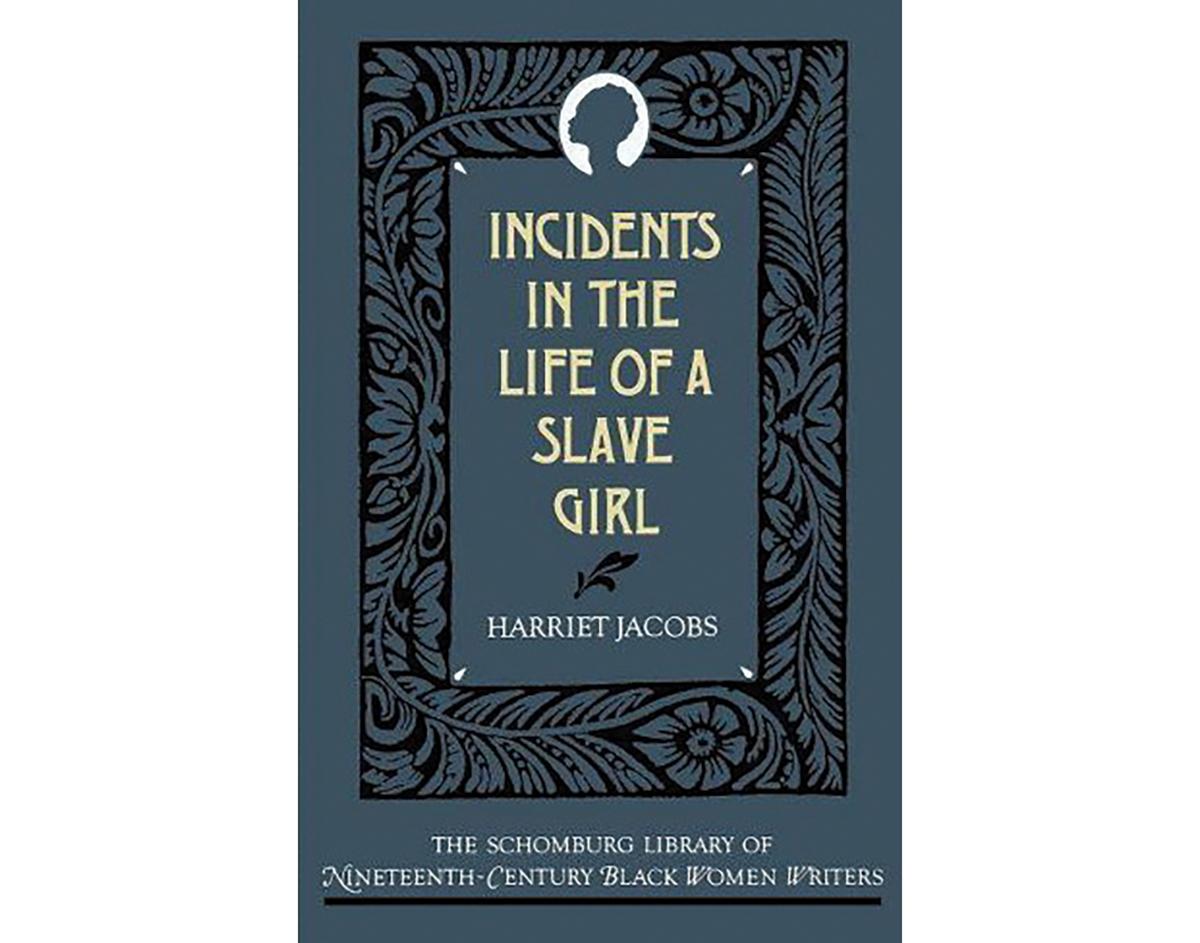
by Faith Barter, Assistant Professor, Department of English
In 2020, despite the heavy psychic and social costs of isolation, seclusion is unmistakably a marker of privilege—a way of avoiding contagion, of waiting out a global pandemic. That privileged form of retreat is a world away from the confinement of Harriet Jacobs, an enslaved woman from 19th-century North Carolina. In her 1861 autobiography Incidents in the Life of a Slave Girl, Jacobs chronicles her life in and after enslavement, including a seven-year confinement in a tiny attic space. Powerless to evade her enslaver’s escalating sexual harassment and apparent intent to rape her, but unable to make her way to a free state, Jacobs instead remained in her enslaver’s immediate vicinity, secreted away in a crawl space above her grandmother’s cottage.
That space, just three feet high at its tallest point, constrained her body in torturous positions that left her muscles atrophied long after her eventual liberation. It was a seclusion that occasioned unthinkable physical pain even as it demanded silence, mental discipline, and optimism. Her grandmother passed food and supplies through a hidden door, and Jacobs descended into the cottage as rarely as possible—roaming patrols by white militia, unannounced visits by Jacobs’s enslaver, and social calls by nosy neighbors meant that the cottage was under near-constant surveillance. Not even Jacobs’s two children, who often played in or near the house, knew of her presence there for the better part of her confinement. Jacobs’s description of this space as her “loophole of retreat” references several tiny holes she was able to bore in the garret’s exterior wall that allowed her to peer out into the surrounding area, to draw in breaths of fresh air, and to overhear conversations among neighbors, her children, and her pursuers. After seven years in this tiny space of retreat, Jacobs eventually escaped to Philadelphia and New York. She later lived in Massachusetts, traveled with an employer to England, and published her autobiography, which has been studied extensively by literary scholars and historians as an influential text that employs aspects of two genres especially: the slave narrative and the sentimental novel.
My research examines intersections between 19th-century Black writing and the legal history of slavery, particularly regarding the ways Black writers during the antebellum period made strategic use of legal forms like appeal or confession. This authorial practice performs a pretextual affiliation with law but uses law against itself. Jacobs’s occupation of the garret and her autobiography more generally illuminate her nuanced understanding of the Fugitive Slave Act of 1850 and its precedents, as well as her mystification of jurisdiction. The Fugitive Slave Act, which permitted enslavers to recapture self-emancipated slaves even from so-called “free states” in the North, establishes a form of personal jurisdiction—the authority to exert control and confinement over enslaved people as enslavers’ “property.” The jurisdiction authorized enslavers to enlist assistance from marshals and courts to enforce that ownership no matter where an enslaved person fled.
But plantation slavery also followed its own logic of terrestrial jurisdiction, in which an enslaver had almost untrammeled authority over the enslaved people within the plantation. The logic underpinning terrestrial jurisdiction appears in sharp relief in an 1829 judicial opinion by Judge Thomas Ruffin in the North Carolina case State v. Mann (13 N.C. 263): “The power of the master must be absolute, to render the submission of the slave perfect.” These jurisdictional networks privilege the plantation and the site of enslavement as spaces of white sovereignty, but the Fugitive Slave Act essentially extended that sovereignty beyond the plantation.
My research on Jacobs places these legal histories in conversation with interventions from Black feminist geographers and literary critics to consider how her “loophole of retreat” defies and frustrates a jurisdictional system that, on its face, seems utterly inescapable. By remaining present in the attic space, Jacobs nevertheless extracted herself from her enslaver’s effectual jurisdictional reach without crossing a single city, state, or national geographic border. It was hardly an unqualified liberation, given her physical and mental sacrifices and losses—but her stillness and silence were “safer” and more effective jurisdictional attacks than a physical flight across borders that would have subjected her to the full pressures of pursuit, surveillance, and all of the limitations that attended the mobility and travel of African Americans.
I am interested in how Jacobs uses her body’s occupation of certain spaces, spaces that are small and variously confining, to frustrate the logics of jurisdiction that otherwise act upon her body, even though those same legal logics refuse to recognize her status as a full legal person entitled to the rights and protections that attend citizenship. In the tiny space of the garret, and also in the locked room she briefly inhabits at a neighbor’s house, the small quarters aboard the boat that carries her to Philadelphia, and other intimate geographies, her occupation of small spaces undermines the legal logics that regard her as someone or something to confine and enclose. These small spaces, though painful and incomplete sites of emancipation, register impermanent moments of privacy and Black life that signal Jacobs’s refusal to cede her body to her enslaver, or for that matter, to the state. In those fleeting moments, she asserts a form of private Black sovereignty that rejects the white sovereignty of plantation jurisdiction.
In making herself unavailable to law when it most “needs” her physical presence, Jacobs reveals fugitivity as a jurisdictional strategy of misdirection. This should also signal that her fugitivity is a potential literary misdirection—her assertion of private sovereignty presumably also conceals and withholds information, reminding us that autobiography, and the slave narrative genre in particular, affords access that depends on the author’s consent. By occupying the page, and purporting to grant us access as readers to her autobiography, what other loopholes of retreat does Jacobs conceal?
Somewhat unexpectedly, this possibility of concealment brings us back around to where we began, to consider when seclusion, withdrawal, and retreat are not merely forms of confinement and isolation but are potential tools of survival. As we continue to witness the state-sanctioned murder of Black and brown people by the police—at a time when a privileged few can isolate themselves from a pandemic that is an inescapable danger to most everyone else and that particularly imperils Black and brown populations—the availability of retreat remains an urgently needed instrument of Black survival. While we would never celebrate Jacobs’s enduring confinement in a painfully small space, we might nevertheless look for possible spaces of private Black life in a world where another Black woman, Breonna Taylor, could not escape the lethal jurisdiction of the police even as she slept in her own bed.
—Faith Barter is an assistant professor of English whose research interests include African American literature, legal history, 19th-century studies, and cultural memory.

